|
|
Kingston, ON –A collaborative research team of Canadian university (Queen's University, University of Ottawa, Memorial University of Newfoundland) and government (Environment and Climate Change Canada) scientists identified surprising centennial-scale trends in the population size of an ecologically significant and vulnerable seabird. This study suggests that marine wildlife are not only confronting a range of recent human-induced pressures, but are also responding to longer-term environmental factors.
The Leach's Storm-petrel is a small, nocturnal seabird that nests in large colonies numbering in the millions of individuals. The world's largest colony is on Baccalieu Island, 64 km north of St. John's, Newfoundland. Recent surveys indicate that the storm-petrel population is rapidly declining, with no clear consensus on the cause.
“In order to implement effective conservation strategies, it is important to assess the population's long-term dynamics to identify when a population began to decline, as well as the potential cause(s).” Says lead author Matthew Duda, a doctoral candidate at Queen's University's Paleoecological Environmental Assessment and Research Laboratory (PEARL). “Unfortunately, such long-term data are lacking.”
The researchers took advantage of the fact that storm-petrels build burrow nests on islands, often around freshwater ponds. Therefore, the ponds' sediments preserve past seabird inputs, and can provide a ‘history book’ of past changes in the environment. “In effect, the seabirds act as ‘environmental engineers' by depositing large volumes of nutrient-rich feces and other refuse, thereby changing the aquatic and terrestrial landscape”, notes co-author Dr. John Smol, a biology professor and the Canada Research Chair in Environmental Change at Queen's University. “By taking sediment cores from storm-petrel impacted ponds, we can reconstruct past populations trends going back centuries or millennia, where many important clues lay hidden.”
Conservation biologists are concerned as the two available population surveys from 1984 and 2013 suggested that the colony size had declined by ~40% from 3.36 million pairs to only 1.95 million pairs. However, with only two census points, it was difficult to determine when the population began to decline, let alone the cause. Fortunately, by using the library of information preserved in dated sediment cores, the researchers were able to reconstruct trends in population size over the last ~1,700 years.
“Our approach identified striking changes in the colony size of storm-petrels on Baccalieu Island”, explains Duda. “First, we confirmed that the population has been declining since the 1980s. More surprisingly, however, we determined that the current colony underwent marked changes in the past, including rapid growth in the early-1800s. Furthermore, we identified an earlier colony about 1500 years ago that declined without the influence of human stressors. So now in response to the ever-increasing pressure imposed by human activity, the situation is likely even more risky for this important oceanic bird”.
Ongoing observations at different colonies and genetic work, coupled with this new paleoecological data, suggest that storm-petrels move between islands in the face of as of yet unknown stressor(s). The authors caution that their paleoecological data further re-enforce the fragility of seabird colonies and the critical need for evidence-based management. Duda concludes that “Since storm-petrels require several islands to maintain natural variation in population size, it is important that we protect networks of breeding islands to help maintain its demographic integrity.”
The study was published in Proceedings of the Royal Society B.
Other members of the research team included Gregory Robertson (Environment and Climate Change Canada), Joeline Lim, Christopher Grooms, Neal Michelutti (Queen's University), Jennifer Kissinger, David Eickmeyer, Linda Kimpe, Jules Blais (University of Ottawa) and William Montevecchi (Memorial University of Newfoundland). Funding was provided by the Natural Sciences and Engineering Research Council of Canada (NSERC).
Contact: News and Media Services
Attention
broadcasters: Queen's can provide high-quality audio and
video feeds. For television, we can provide a live, real-time double
ender via fibre-optic cable.
NOTE: For high-resolution JPEGS Click Here.
For more biovector studies from href="/pearl/media", Click Here
Click these links for web pages explaining coring and extruding methods.
To obtain a copy of the study, please contact John Smol or Matt Duda.
Contact Information for authors:
|
Matthew Duda
|
Gregory Robertson |
|
Joeline Lim |
Jennifer Kissinger |
|
David Eickmeyer
|
Christopher Grooms
|
|
Linda Kimpe |
William Montevecchi
Departments of Psychology and Biology, Cognitive and Behavioural Ecology Program Memorial University of Newfoundland St. John's, NL, Canada mont@mun.ca |
|
Neal Michelutti Paleoecological Environmental Assessment and Research Lab (PEARL) Department of Biology, Queen's University Kingston, ON, Canada nm37@queensu.ca |
Jules Blais |
| John P. Smol Paleoecological Environmental Assessment and Research Lab (PEARL) Department of Biology, Queen's University Kingston, ON, Canada Tel: (613) 533-6147 smolj@queensu.ca |

|